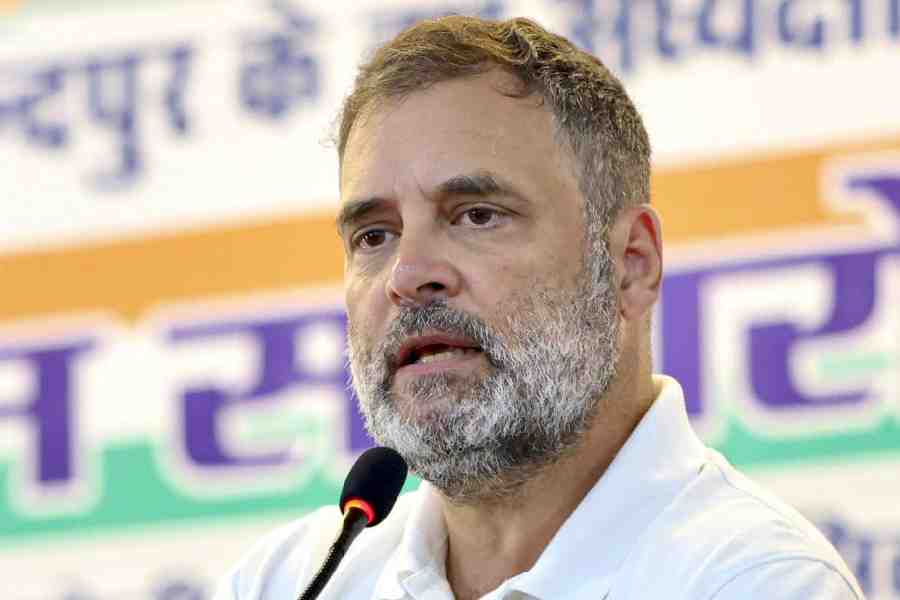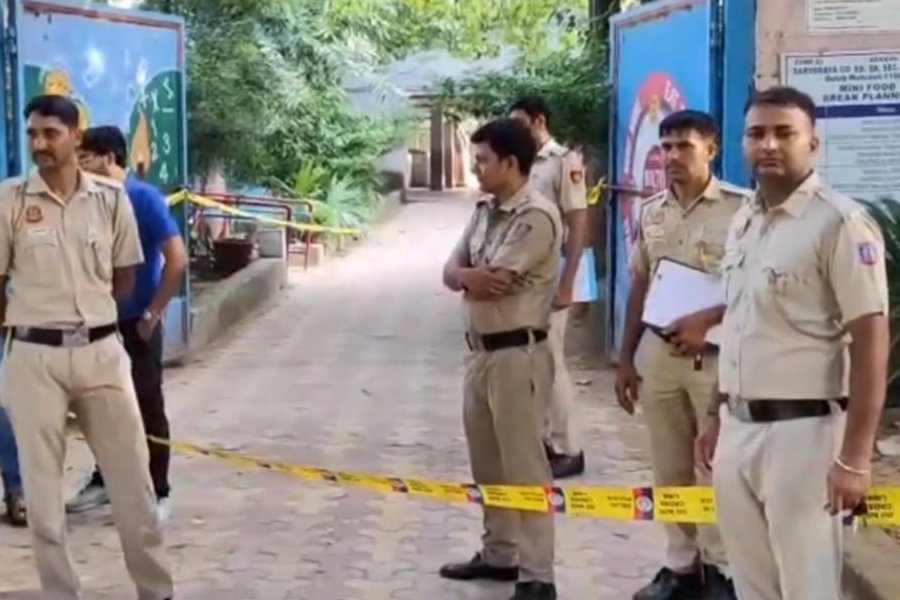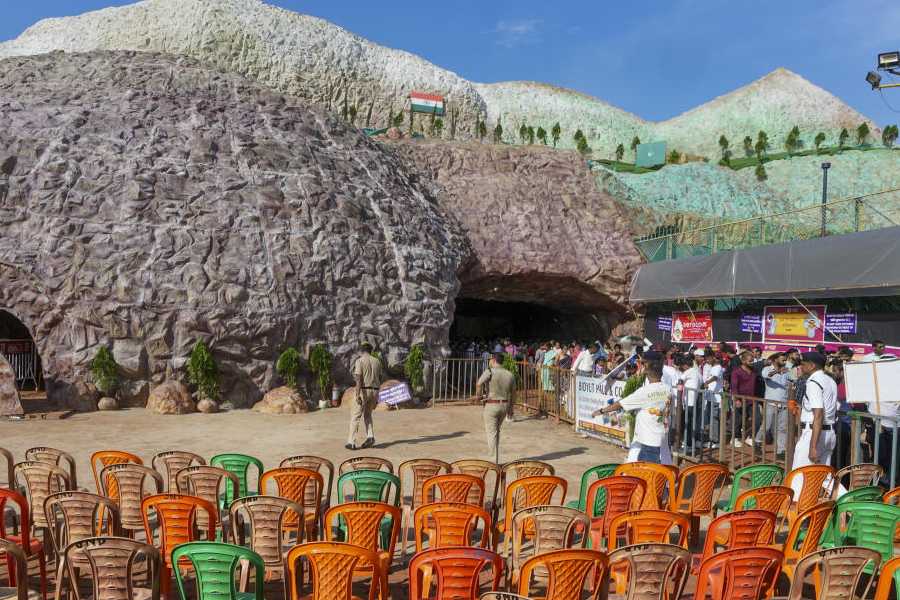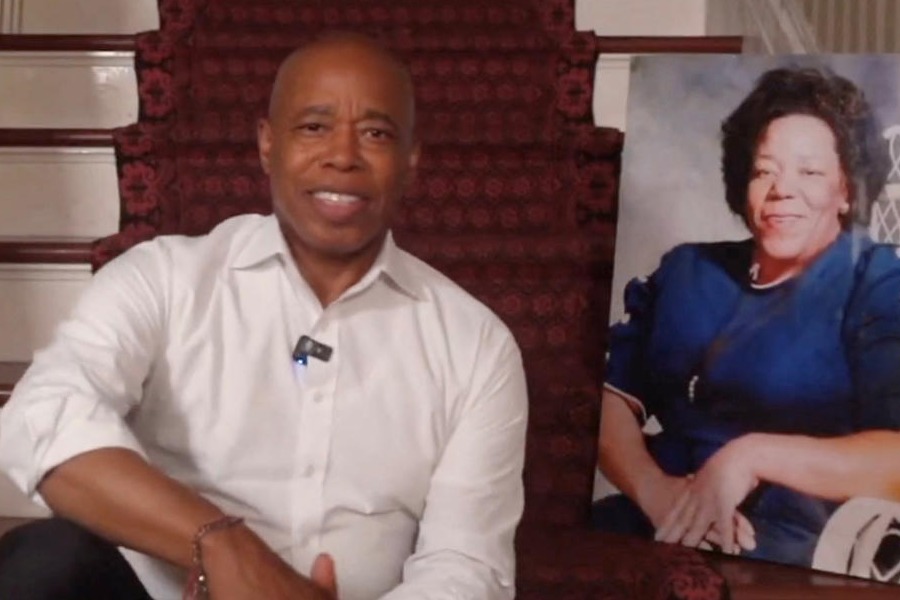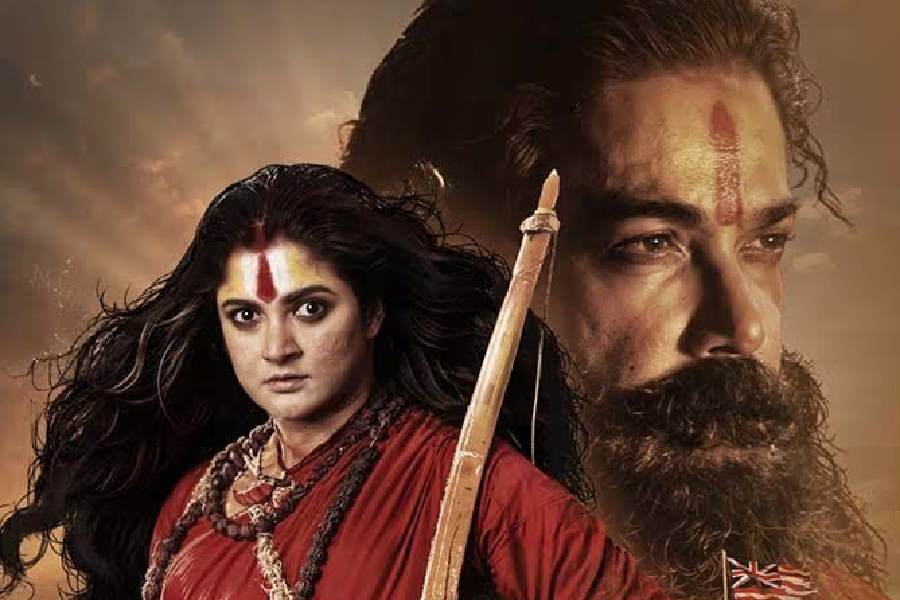 |
Mughal-e-Azam is a love story that has withstood the test of time, and took almost 16 years from conception to completion! The cast and crew underwent a significant change, almost an overhaul. The producer changed as well, with Shiraz Ali Hakeem, the man who conceived the idea of Mughal-e-Azam, going to Pakistan, suggesting the name of the Parsi businessman Shapoorji Pallonji, who, however, had no experience of film production. During the shooting, at one stage, Shapoorji even intended to change the director, exasperated as he was with K. Asif’s relentless search for perfection! The original hero Chandramohan passed away after a heart attack when the film was underway. With the hero gone, the leading lady Nargis was changed too after some 10 reels had been shot, as Raj Kapoor wouldn’t allow his lady love to shoot with his rival Dilip Kumar, who had been roped in to step into the shoes of Chandramohan.
Incidentally, back in 1945, when he was yet to establish his credentials in the industry, Dilip Kumar had been rejected by Asif for the very same role of Prince Salim! And Nargis had been brought in initially because Veena could not continue in the film with Asif: at one stage she had got him thrown out of Heer Ranjha. Asif’s second wife Nigar Sultana played Bahar in the film. The role was initially conceived for Sitara Devi, the Kathak dancer, who happened to be Asif’s first wife. Interestingly, Sitara Devi happened to be the wife of Nazir, Asif’s uncle, before she became close to Asif during the making of Phool, Asif’s directorial debut in the early 1940s. And before the film was wrapped up the director had married Akhtar, Dilip Kumar’s sister, much to the heartburn of the hero! And Madhubala had stepped into the film despite her real life break-up with Dilip Kumar during the shooting of Naya Daur, the B.R. Chopra film in which ultimately Vyjayanthimala replaced her.
Incidentally, at various stages of production, Suraiya, Naseem Banu and Begum Para were all considered for the pivotal role which ultimately was to go down as the most important role of Madhubala’s career.
 |
| Movie magic: Madhubala, Dilip Kumar and Prithviraj Kapoor in stills from Mughal-e-Azam |
The shooting of Mughal-e-Azam was nothing less than a miracle. Asif’s abiding search for perfection meant that the impossible was not just possible but also likely, and plausible. For instance, he wanted nothing but shoes of gold for Prince Salim. No gold polish would do. Asif felt the hero would have that swagger only if put on gold shoes!
Not to be left behind in sincerity, Prithviraj Kapoor insisted on walking barefoot on hot burning sands for the opening sequence in which Akbar goes to Salim Chishti’s mausoleum seeking divine blessings for an heir. He ended up with blisters on the feet just like Dilip Kumar who had boils at the end of the war sequence in which he wore heavy armour… Incidentally, for the war sequence shot in Jaipur, Asif used the 56th Regiment of the Jaipur Cavalry, and assembled a battalion of 2,000 soldiers. An Indian army soldier lost his life as did a jawan (foot soldier) in the war sequence shooting.
For Madhubala, the heroine, Asif wanted real iron chains for the song Mohabbat ki jhooti kahani pe roye. This despite the fact that she had a heart condition. Similarly, for the epochal song Pyar kiya to darna kya Asif got a Sheesh Mahal constructed at Mohan Studios in Bombay. It took two years for the set to be completed with artisans and glass workers from Firozabad roped in. R.D. Mathur, who had worked with Dilip Kumar in his first film Jwaar Bhaata, worked on the song whose budget exceeded the budget of complete films at that time! For three years after the shooting of Pyar kiya to darna kya, the set was maintained, with cine-lovers visiting it out of sheer awe and veneration…
Asif’s pursuit of perfection led him to other renowned artistes of the time. For the songs Mohe panghat pe Nandlal chhed gao re, Shubh din aayo re and Prem jogan, he sought out Pandit Lachchu Maharaj and Ustad Bade Ghulam Ali Khan. Incidentally, the opening lines of Mohe panghat pe… were composed by Thakur Prasad, grandfather of Lachchu Maharaj. As [writer Shakil] Warsi says, “Lachchu Maharaj wept when he first heard the song on the sets. He informed the director that it was his grandfather’s composition which he used to play in Nawab Wajid Ali Shah’s darbar.” And being a perfectionist himself, Lachchu Maharaj trained Madhubala for three years for the song!
As for the Ustad, well, initially, he was not ready to sign the film at all, and is said to have quoted an astronomical amount just to drive Asif away! However, he did record two songs finally after watching the picturisation of the lead couple!
***
The yearning for perfection was worth the while. The film, shot largely at night, smashed all box-office records when it was released in 1960, even pushing the epochal Mother India collections to the number two slot. And some 45 years later, when it was re-released in its colourised version, it more than held its own next to Yash Chopra’s Veer-Zara, Abbas-Mustan’s Aitraaz and Ram Gopal Varma’s Naach that were released simultaneously.
…The film was a result of splendid teamwork that triumphed over individual differences. Asif and producer Shapoorji Pallonji had major issues, as did Dilip Kumar and Asif when the director married his sister Akhtar. Yet in the end, the message the film sent out was a worthy comment on India’s abiding secularism. The film was largely in Urdu, much of it Persianised, yet the Rajput princes and warriors spoke chaste Hindi and even used Sanskrit. There were scenes which speak volumes about our pluralistic society: before Emperor Akbar leaves for the final battle, his Rajput wife performs an aarti, a moulvi ties a taveez (amulet) on the arm, and a pandit applies a tilak. The Rajput queen applies tilak on her son’s forehead too, just before Salim is to get the death sentence...
Of course, the Filmfare Award for the Best Film of the year was reduced to almost a footnote.


